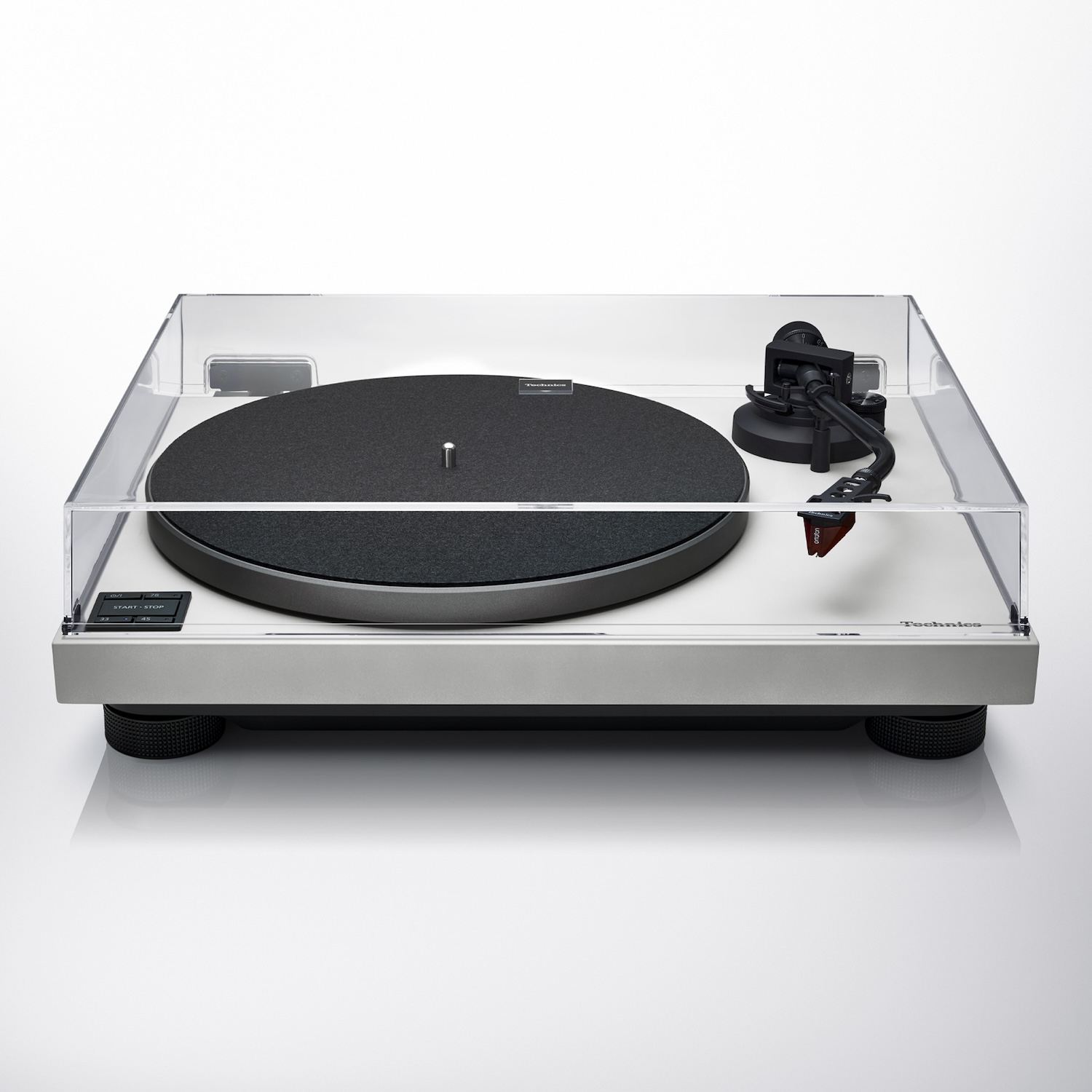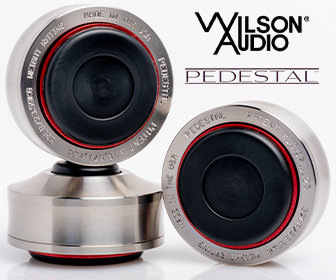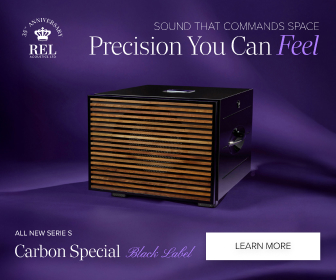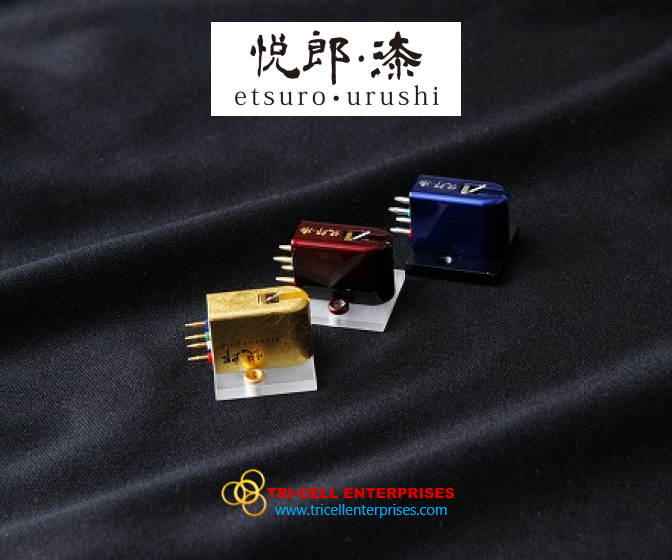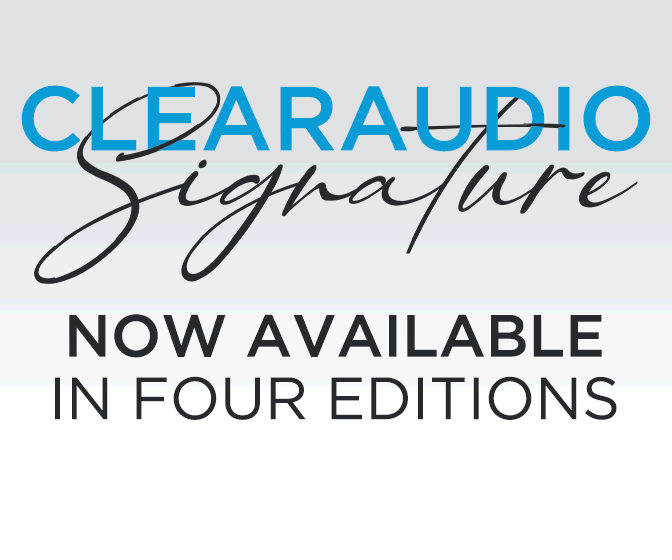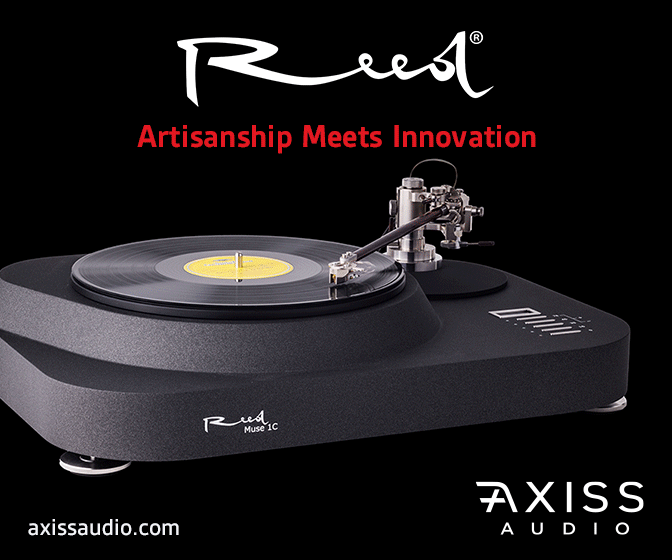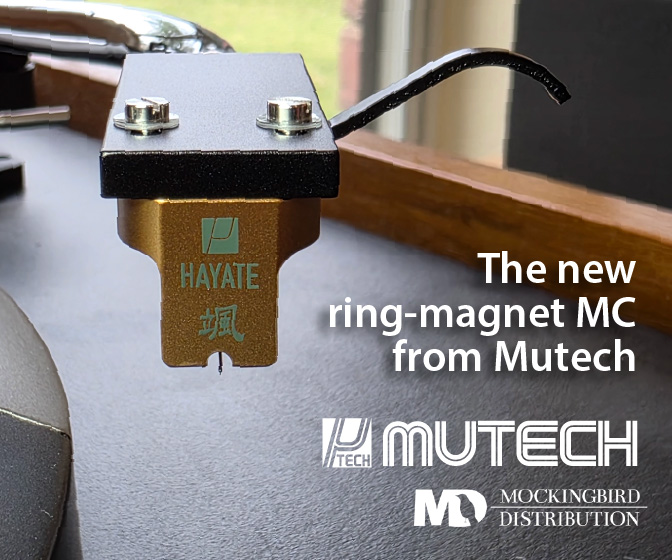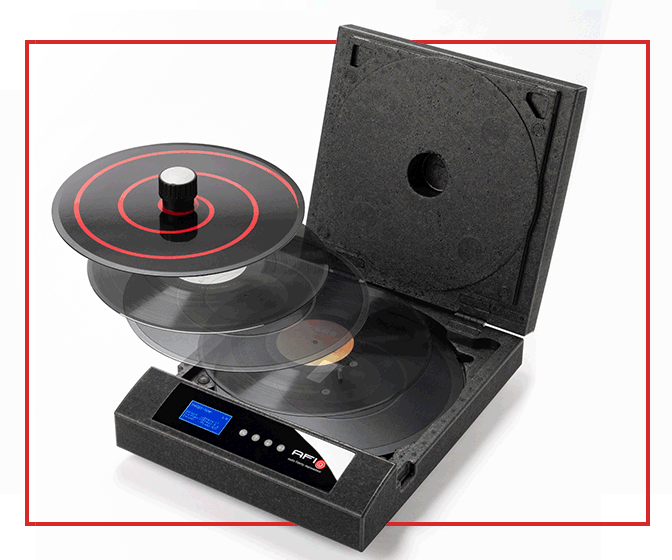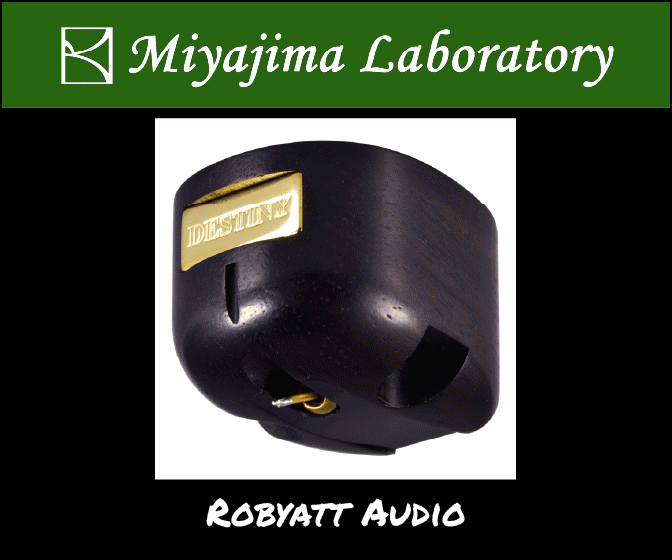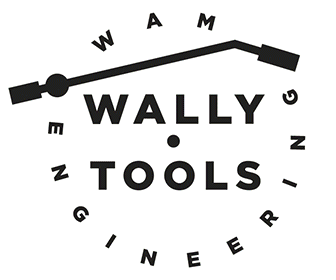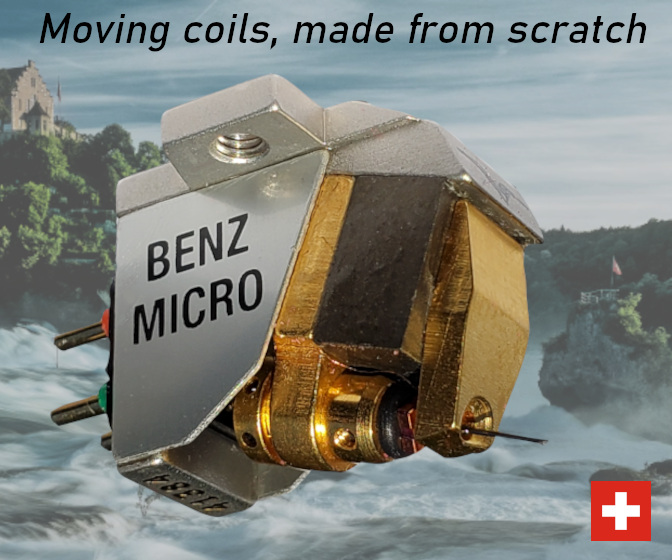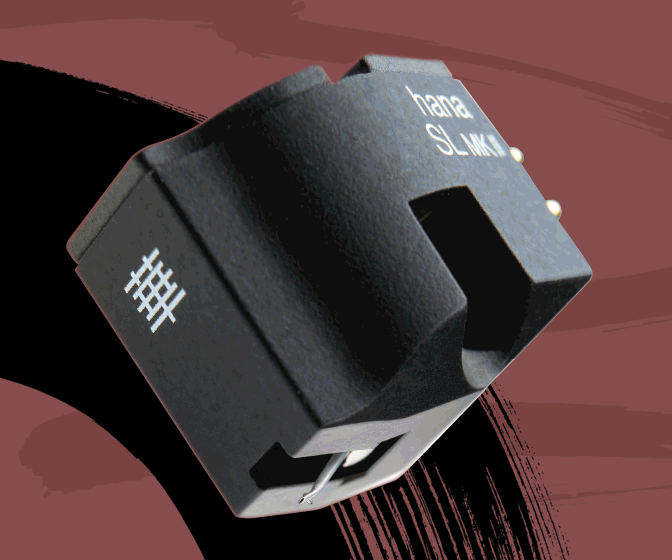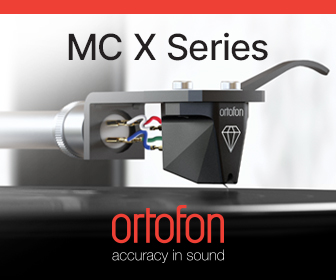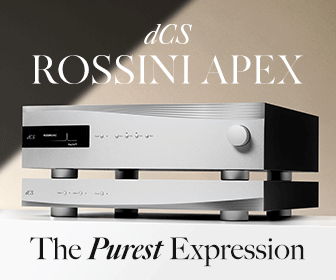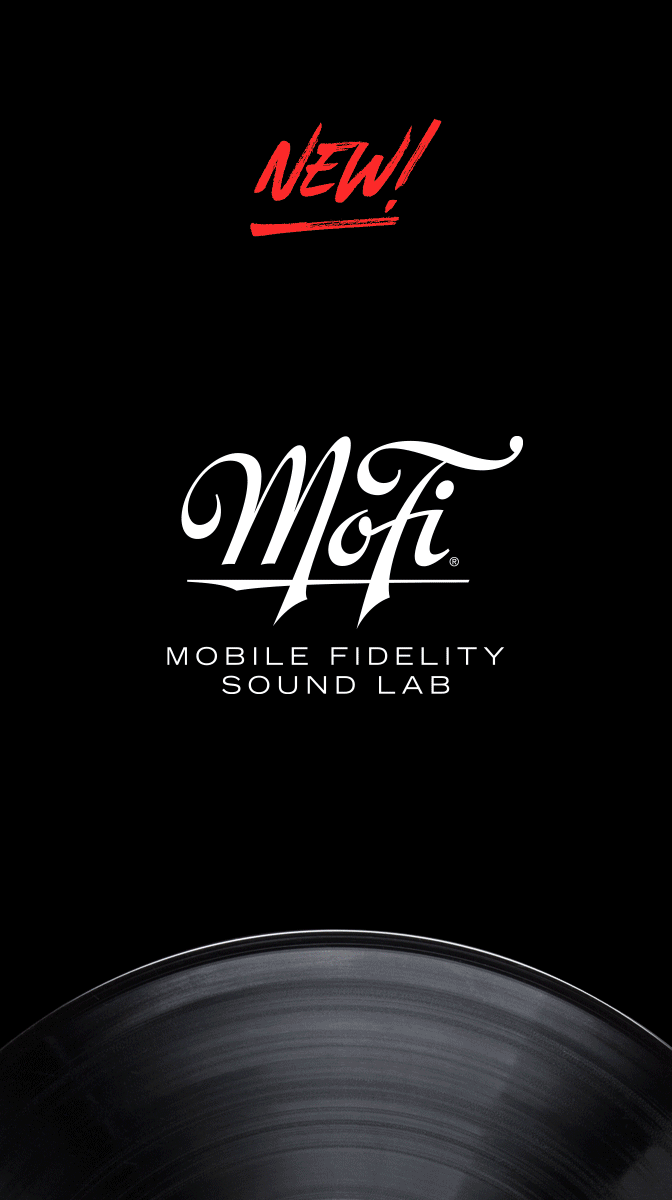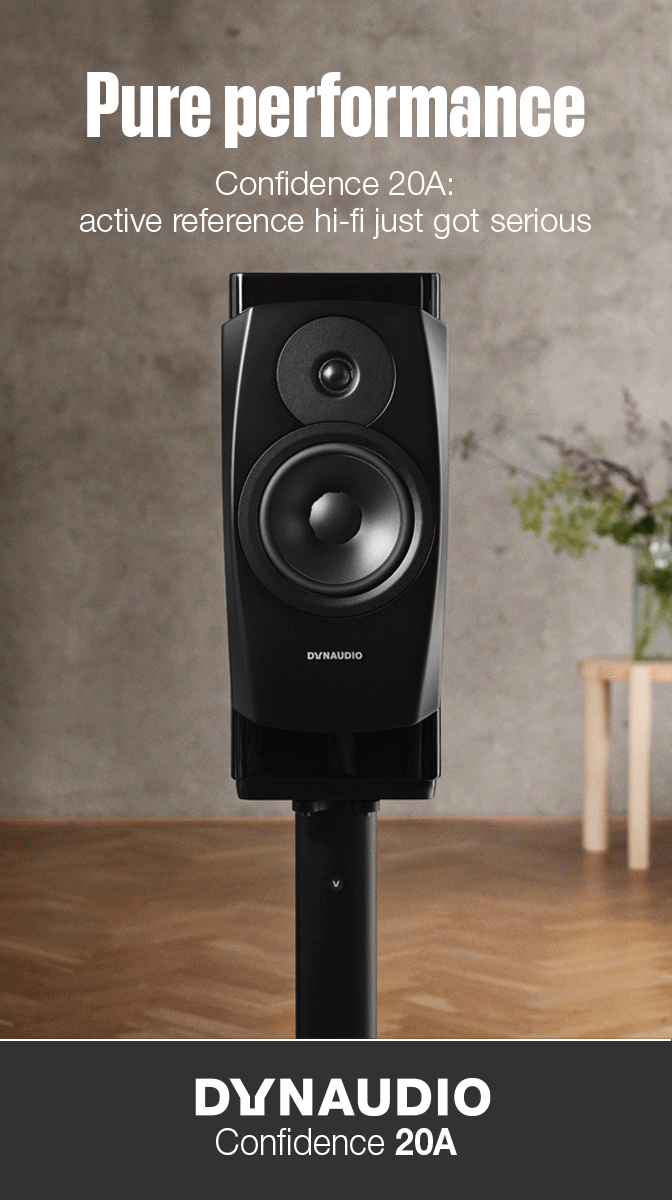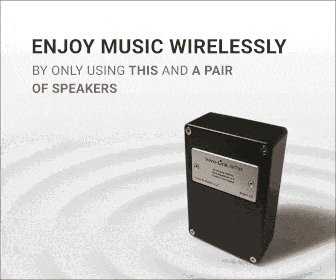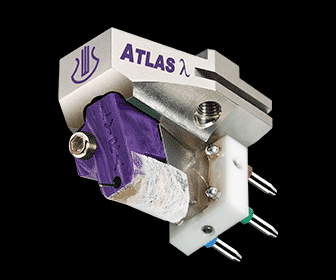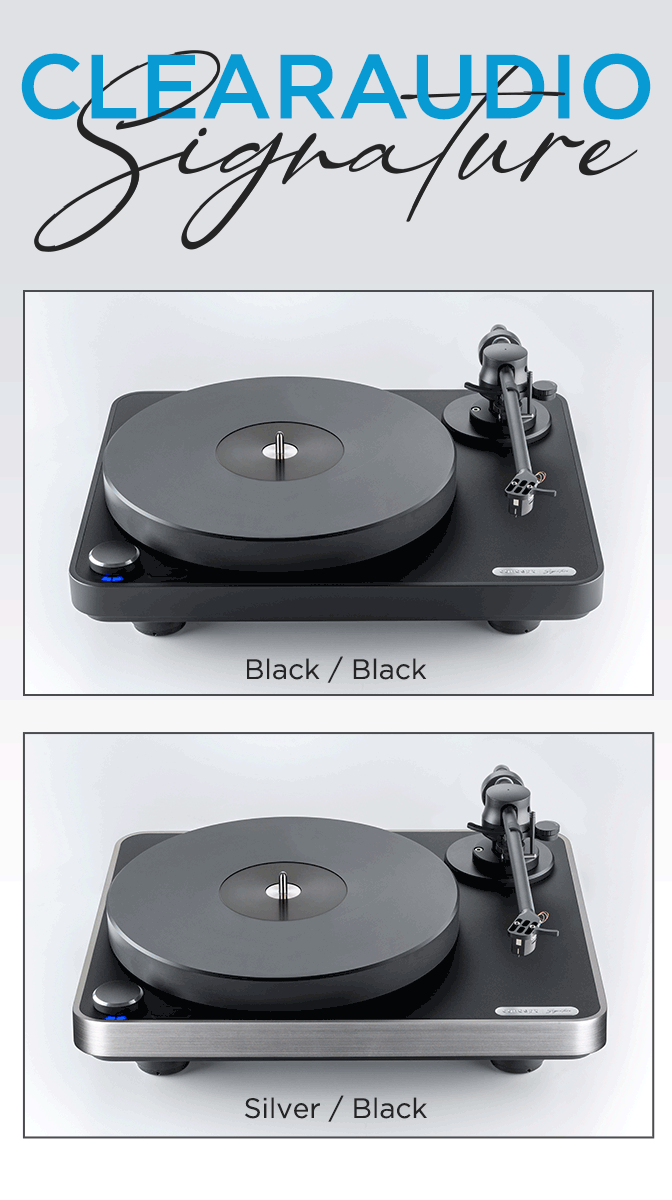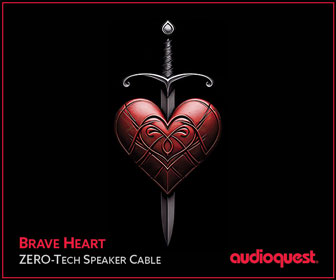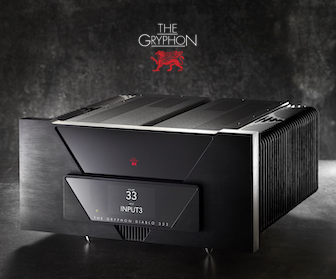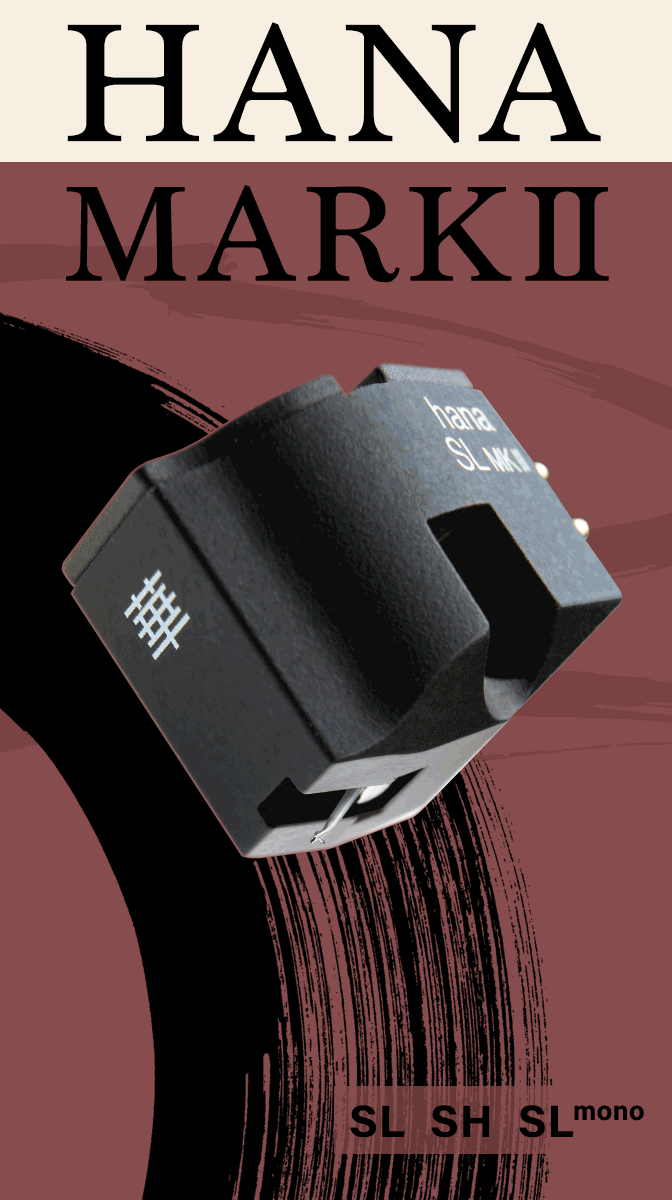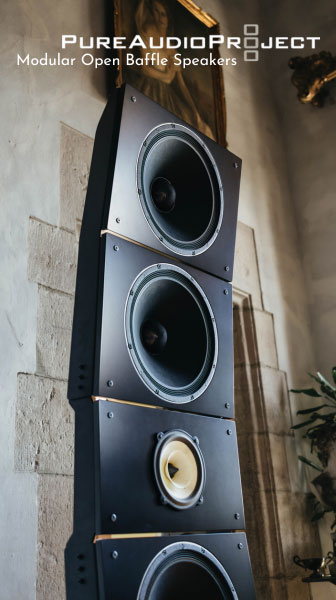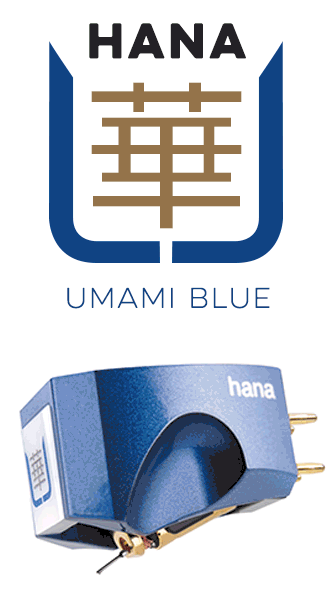Technics' $899.99 SL-50C Direct Drive Shakes Up the Under $1000 Turntable Market.
built-in phono preamp, Ortofon 2M Red and 3 speeds too
Technics recently introduced a pair of under $1000 direct drive turntables. The less costly SL-40CBT includes Bluetooth connectivity and a less costly cartridge. Technics sent for review the $899.99 SL-50C, featuring the Ortofon 2M Red, built in defeatable phono preamp and 3 speed operation.
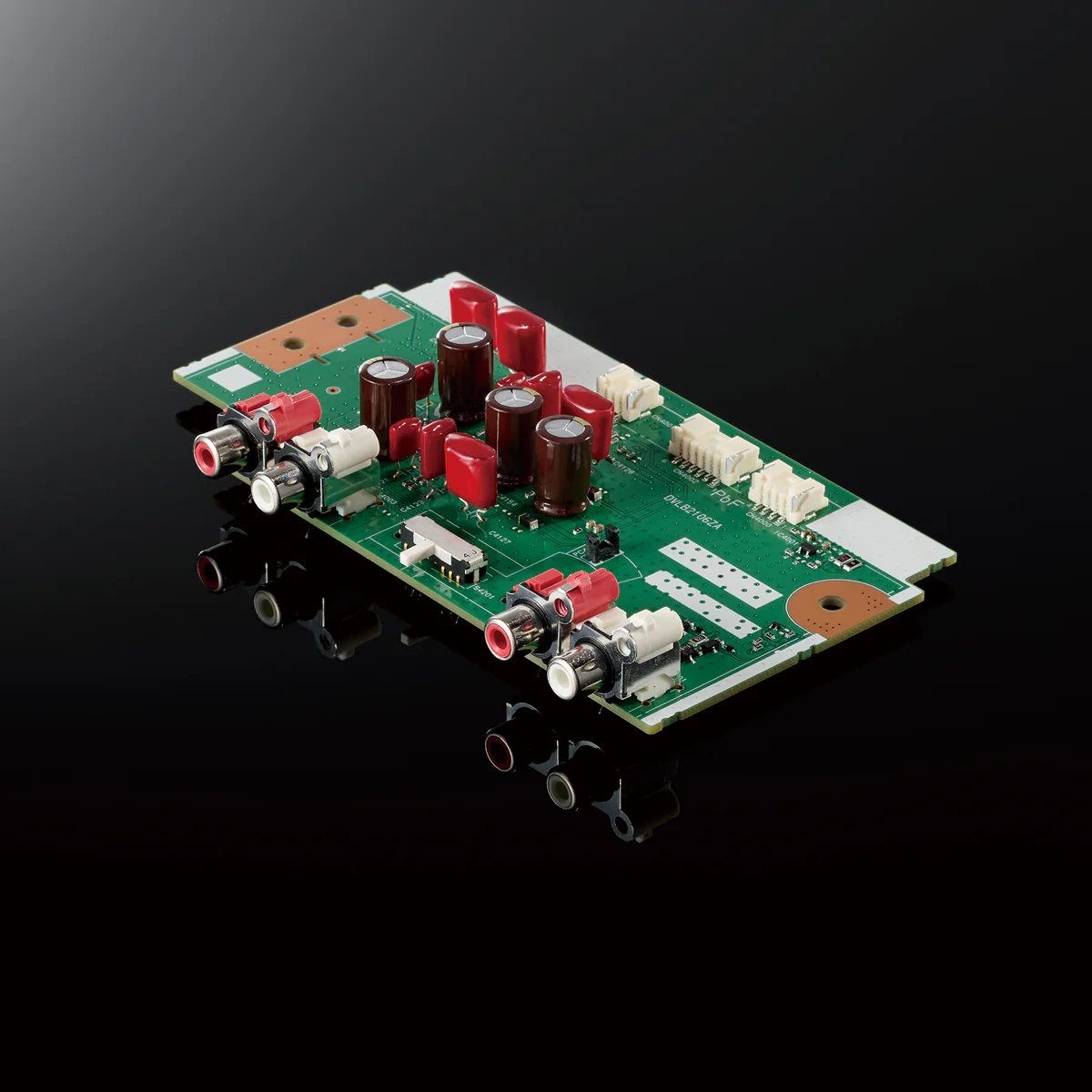 Built-in MM phono preamp
Built-in MM phono preamp
How did Technics achieve cost savings to bring the price down to $900? Not by skimping on the direct drive motor. The SL-50C uses an "SL-1500C grade" single rotor coreless motor with a sophisticated digital speed control system. The SL-1500C sells for $1599, almost twice the SL-50C's cost. On/off and 3 speeds are selectable at the push of top panel mounted square buttons. The platter achieves 33 1/3 speed within .7 seconds.
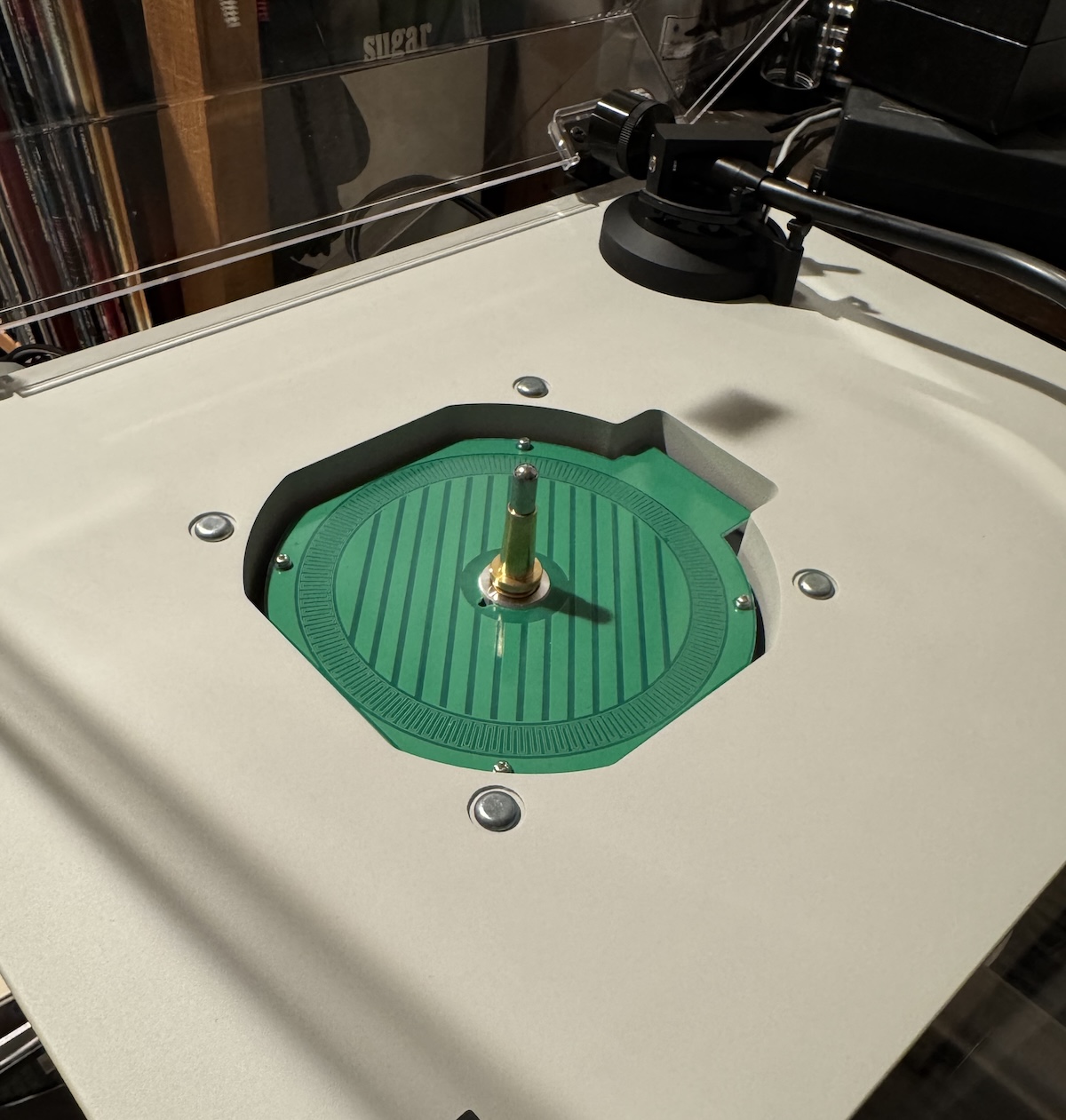
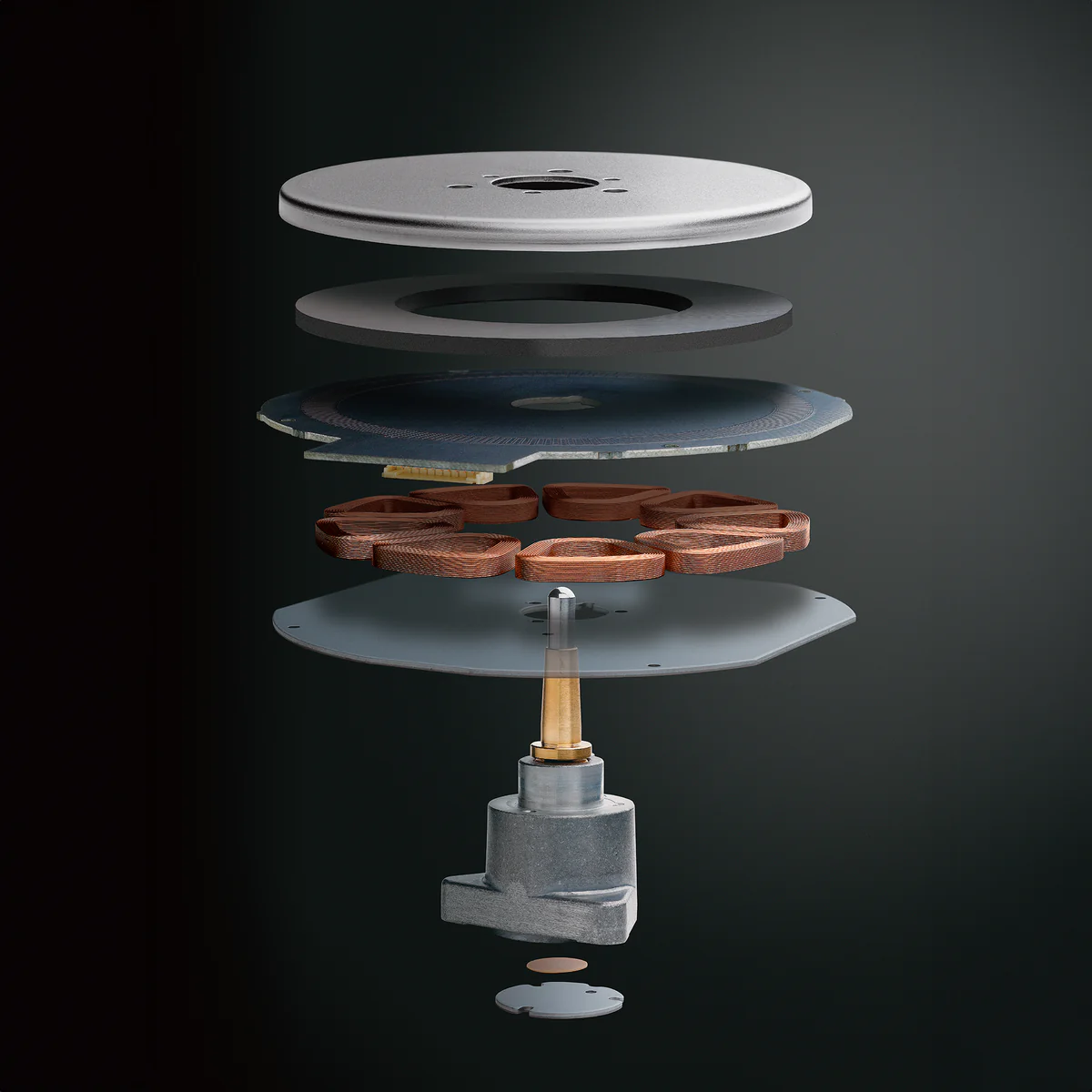 "Exploded" motor
"Exploded" motor
The tonearm has a familiar look but is a completely new high sensitivity non- gimbal bearing design:
gimbal bearing design:
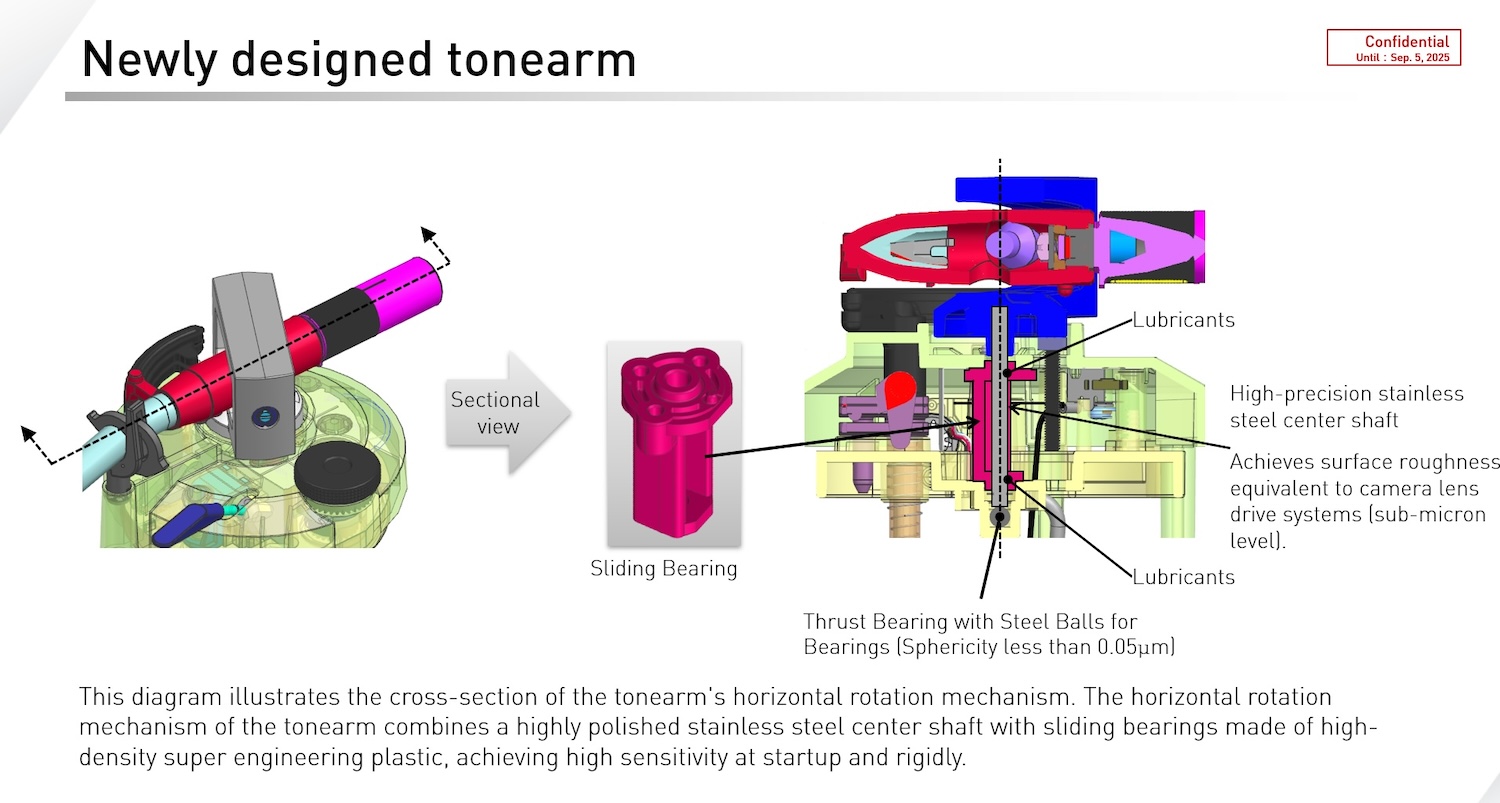
It is a statically balanced 8.5", 230mm effective length aluminum arm fitted with a standard collet, making easy cartridge swapping, which is useful since you can spin at 78rpm. There is no VTA/SRA adjustability but you can always use shims to make this adjustment. I doubt many buyers will swim into the VTA/SRA weeds. While some previous Technics arms had cueing issues, this one does not.
All is mounted on an attractively finished MDF chassis available in three finishes (Terracotta Brown, Black, and Grey). And note that it's got a molded plastic chassis bottom fitted with height adjustable, elastomer damped feet that did a very good job of keeping impulse taps on the Stillpoints stand from reaching the stylus.

On the other hand a chassis tap produced a not particularly well damped impulse through the speakers—you can't have everything for $900.00. It could be argued that perhaps some of the impulse vitality could be the result of having an open cavity under the MDF plinth. But here's what's going on inside:
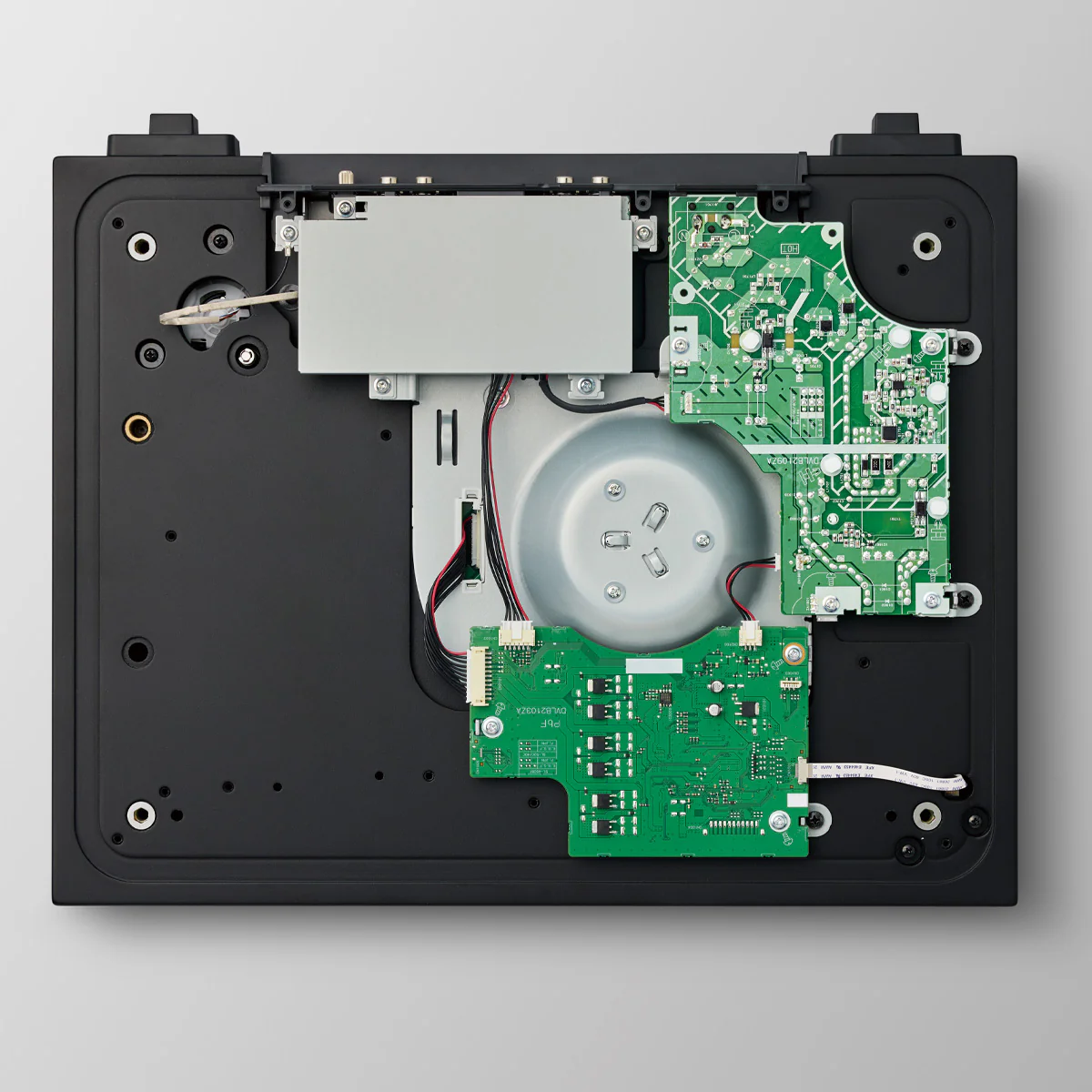
I suspect most buyers will appreciate the feet and finished quality and not be bothered to do any tapping! Nor are they likely to put a stethoscope on the plinth and turn the motor on listening for noise. I did that and there was silence.
Producing much of the ribbed diecast 2.78 pound aluminum platter's weight is the motor's substantial magnet but the well cast platter rode cleanly on the spindle and when viewed from the side the gap between platter bottom lip and plinth did not vary. I've seen far more expensive turntables do considerably worse here.
Technics saved money on the mat, replacing its usual substantial rubber one with a fiber one. It's easy enough to replace with a mat of your choice. For the purposes of this review I left everything stock.
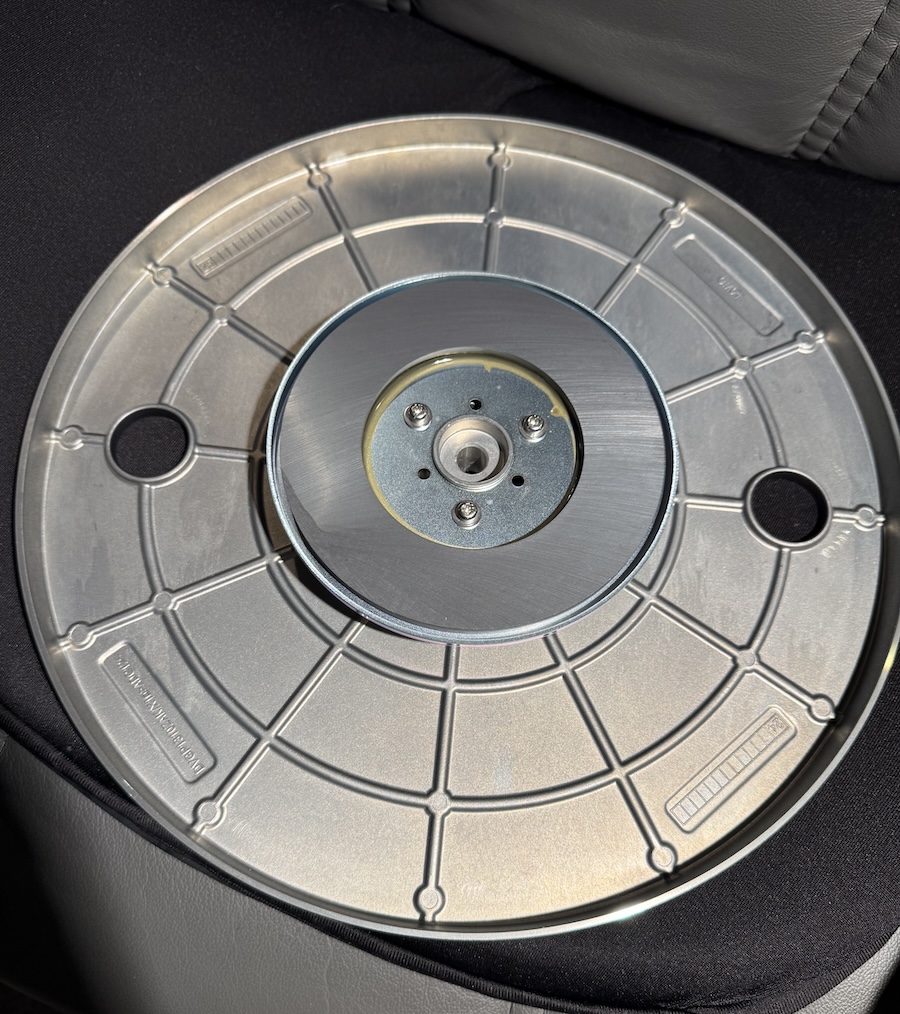
An easily accessible rear panel (unlike more costly Technics turntables that hide jacks making them more difficult to access) makes A.C. and output connection easy. There are two separate sets of RCA output jacks one for "line" using the built in phono preamp and one for "phono" so you can use an outboard one. A switch between lets you choose. The built-in phono pre spec is 36.5dB gain. Accessories are a 7" spindle adapter, phono cables plus separate ground wire, and a nicely finished dust cover, that Technics rightly recommends removing when playing records. It's not prominently placed in the instructions so if you buy this turntable and want to max out sonic performance remove the dustcover when playing records.
The Shaknspin measurements were very good as you'd expect (remember these are not lab grade measurements but still useful).
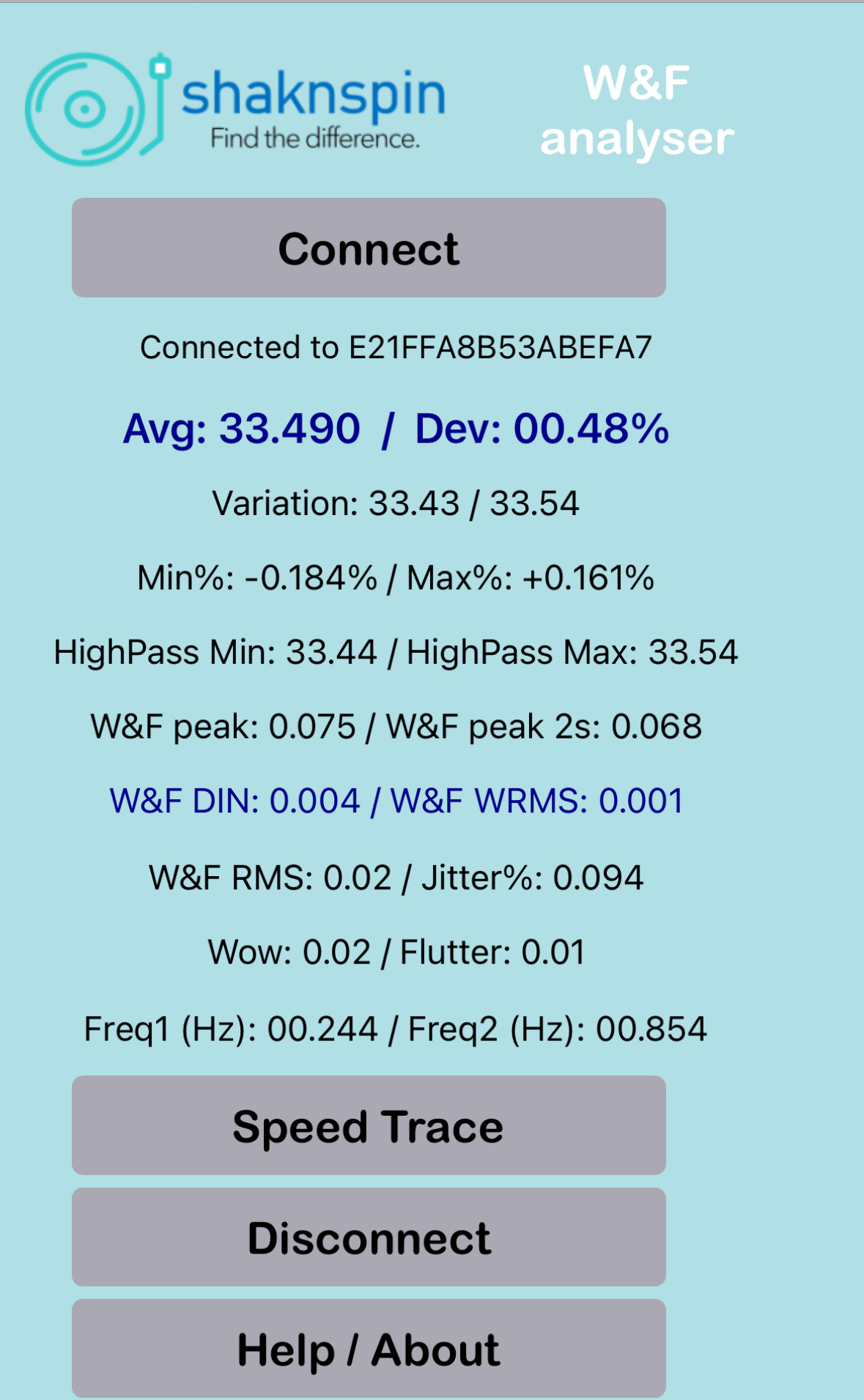
The speed distribution graphic was impressive too:
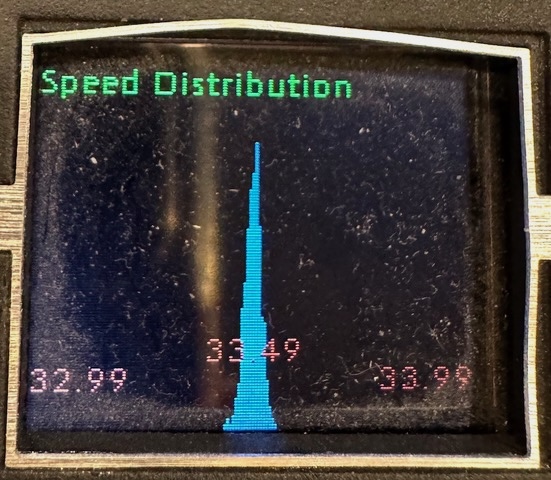
Set Up
Good instructions with photos, and of course high quality Technics construction make set-up easy. The 2M Red overhang is factory set so all you have to do is place the platter on the spindle, level the plinth, make the signal and electrical connections (I used the stock cables), install the head shell, balance the arm, set tracking force and anti-skating and you're ready to go!
Sound
I broke in the cartridge by playing (but not listening) to a dispensable album played a few dozen times as I did other things. The first listen was as expected: really enjoyable! As enjoyable as a 2M Red can be when you're used to, well you know what. But it was more than pleasant and free of obvious colorations. Image focus and detail resolution weren't spectacular but more than pleasing enough.
I played through both sides of the now out of print Rufus Reid Presents Caelan Cardello (Liam Records ARF-1) and Rufus' bass was cleanly reproduced and the notes didn't linger beyond what was rhythmically appropriate. Bass extension and control were satisfying. Caelan's piano too sounded timbrally well-balanced. Losses were in transient clarity and focus and images of both instruments were larger and less well focused than through much more costly gear.
I played test pressing of the upcoming Tone Poet mono Frank Sinatra In The Wee Small Hours and while Frank's voice was not quite in the room as it was through my reference system costing as much as a house, it was darn good, with micro dynamics well-preserved and sibilants well preserved. It was surprisingly good aided by absolutely quiet backgrounds. There was some grain in the vocals, I bet switching to better cables and cartridge would alleviate both but as delivered, a $900 turntable played through a system most buyers would probably consider stupid, crazy or gee I wish I could afford that, this $899.99 turntable in no way embarrassed itself and produced no easily discernible sonic additives.
On the One Step Wildflowers "It's Good to Be King" had a degree of slam and bass punch, plus cymbal ring truth that was remarkable to experience from a $99 cartridge in a $900 turntable feeding off its built-in phono pre. Petty's voice hung nicely center stage. The strings were pretty dry and synthy sounding but how much of that is the cartridge/phono preamp? And in an appropriately priced system this performance would be beyond adequate. It was very good here!
I know the turntable level that most Tracking Angle readers own and I'm confident that if you installed this turntable into your system you'd not regret your considerable investment but on the other hand you'd find that this inexpensive turntable was attractive, easy to use, and sounded great no excuses necessary. A generous Christmas present for a kid in your life.
Had to Take it to Another Level
I told myself "review as is" but before packing up the SL-50C I just had to experiment a bit. It was too easy to install the $449.99 JICO Clipper MM featuring a nude .7 mil spherical stylus mounted to a tapered aluminum cantilever.
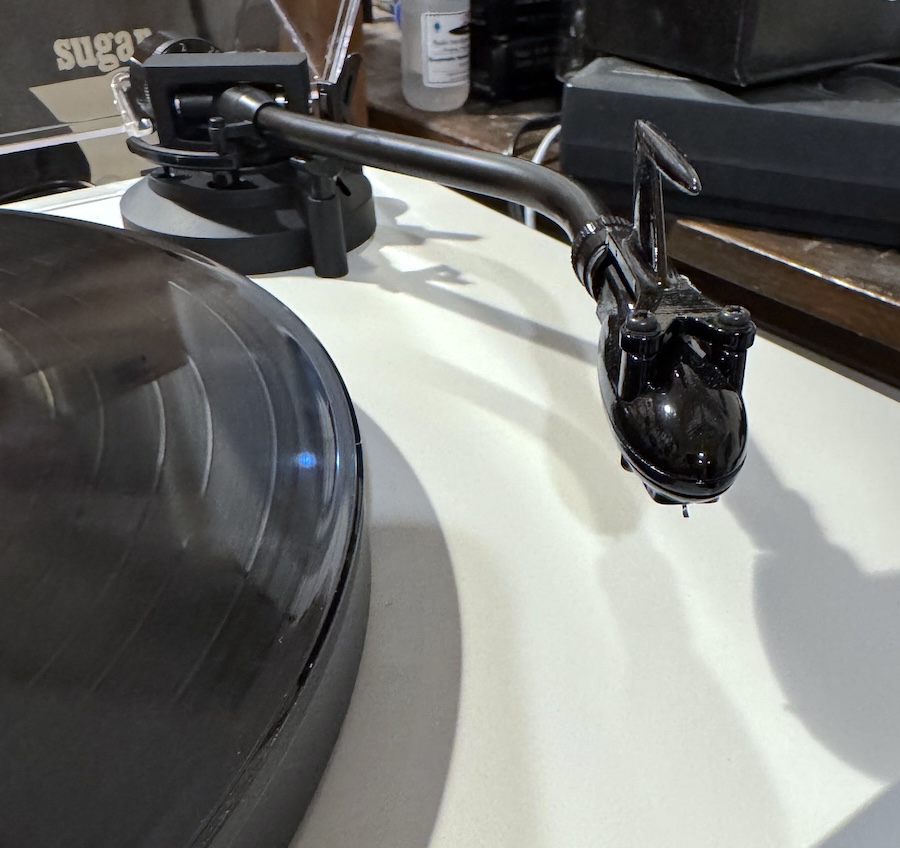
That smoothed things out plenty but of course you give up some detail. I played the recently reviewed Manzanera/Mackay Am Pm Soho Live and the combo delivered plenty of the expected space and hall ambience. Then I tried it with the $350 SOTA Pyxi phono preamp and that improved the overall sonic smoothness and lowered the noise floor, but just by a bit, while allowing for greater decay characteristics easily noticeable on the Yu Wen Huang solo piano record also recently reviewed. The direct drive's pitch stability impressed most.
Conclusion
It's not overstating the case to say that this turntable will upset the $1000 and under turntable market—unless it already has. I suppose belt drive diehards will still prefer belt drive's smoother, warmer more relaxed sound, but at this price point you are running into noise and pitch stability issues from motors mounted to inexpensive plinths, especially when isolated with rubber mounts that shift in space relative to platters. This 'table is quiet and its speed consistency produced a "punchy" taut sound. Still, some might prefer the belt sound, but consider that this $899.00 'table comes basically "plug'n'play" with cartridge and phono preamp installed and upgrading is easy.
Back when all I could afford were "starter" turntables like this I'd change cartridges, experiment with mats (an Achromat here would be good) and interconnects and maybe try deadening the platter underside with some Mortite or other dampening material (but do it carefully to avoid upsetting the excellent speed performance).
At the very least, before buying any turntable at this price point the SL-50C is the one to first audition and the one to beat. It won't be easy—and I have to add that I was unable to do any direct comparisons because I don't keep around a stock of inexpensive turntables, or, just to be clear, expensive ones either!


